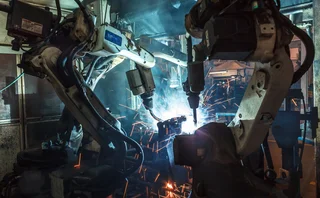Citadel's Sentinel: CIO Tom Miglis Aims to Do the Impossible
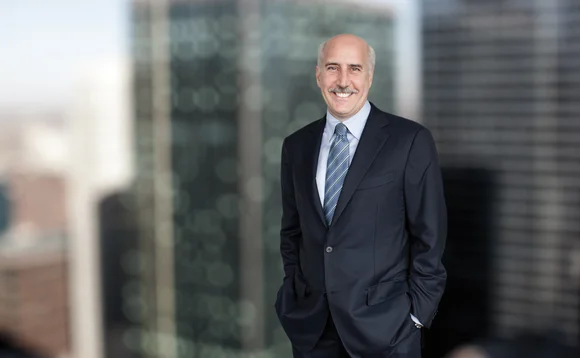

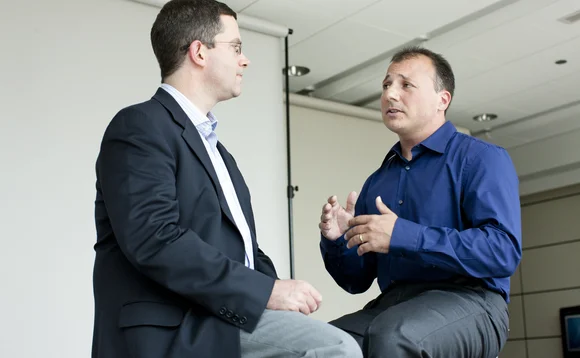
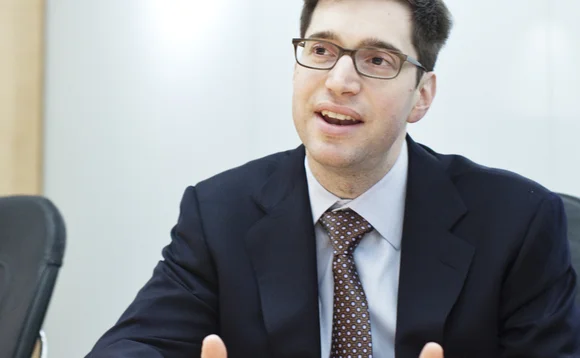
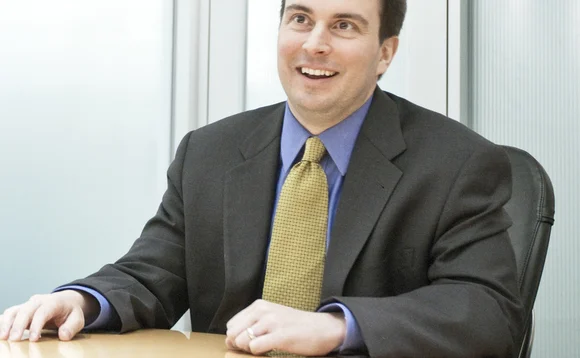

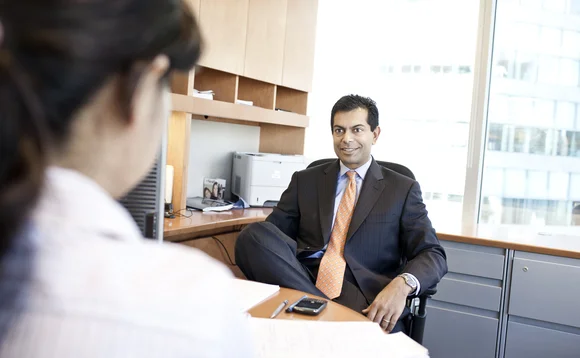
Doing the impossible as a technologist starts with a deep understanding of the business. “I was in a meeting at Salomon Brothers, next to the technologist for the funding desk, and John McFarlane [then head of the firm’s finance desk and previously COO for Tudor Investment] was explaining something,” Miglis recalls. “I asked him, ‘Do you understand what he said?’ and told him to figure it out in a week. It just isn’t possible to build a system if you don’t know the business. It sounds counterintuitive, but technology people have to understand the trading better than the traders, even if they aren’t transacting.”
“It’s amazing how quickly a young college student is at the head of the table, running the group,” says Belluardo, describing Citadel as a “well-funded incubator” for technology talent.
“We embrace hardcore technologists because we’ve got hardcore problems,” Miglis adds. “We need developers who understand networking at the packet level, operating systems fine tuning, assembler code, electrical engineers, device driver writers, kernel hackers.” He also knows to find them before they head to Silicon Valley.
Griffin says, “Citadel’s long track record of success is what attracts and retains the most gifted system engineers and developers in the industry,” and nowhere is that record more evident than in the firm’s execution arm, Citadel Execution Services (CES), initially developed in 2004 with the firm’s options market-making business.
Eight years later, CES executes 21 percent of US listed options, 13 percent of consolidated equities volume, and is the country’s largest retail execution venue. Chinese walls separate CES, based in New York, from the asset management side, CES head Jamil Nazarali explains, who himself is an example of Citadel’s ability to attract new, top-tier talent. But Miglis oversees technology across the entire firm. “Tom was able to help build the CES team with hedge fund DNA,” Nazarali says, describing the firm’s rapid rise in execution as “unprecedented.”
Much of that rise is down to commitment to investor protection, with technology serving not just as a catalyst for faster execution or better price improvement, but as an intuitive firewall. Nazarali, who joined CES from Knight Capital about a year ago, says a proprietary “fusebox,” which sits outside the firm’s trading software, is just one safeguard Miglis implemented years before the industry became painfully aware of kill switches. “We fine-tune it every time we have a mistake. It has limits built in—whether exceeding average daily volume (ADV), or risk parameters on a position in any single name, aggregate book or a market exposure gets too large. It’s gone off a number of times, certainly. But that’s why we’re not in the news,” he says.
The Day After Tomorrow
When Nazarali attended the Securities and Exchange Commission’s (SEC’s) roundtable on technology in September, few at Citadel were surprised that it was Miglis “in the weeds,” combing though every detail of the firm’s letter to the regulator. But details are what Griffin and Miglis are about; indeed they are why Citadel, as a hedge fund, can enter markets that are formerly old boys’ clubs with technology, and thrive.
Only users who have a paid subscription or are part of a corporate subscription are able to print or copy content.
To access these options, along with all other subscription benefits, please contact info@waterstechnology.com or view our subscription options here: https://subscriptions.waterstechnology.com/subscribe
You are currently unable to print this content. Please contact info@waterstechnology.com to find out more.
You are currently unable to copy this content. Please contact info@waterstechnology.com to find out more.
Copyright Infopro Digital Limited. All rights reserved.
As outlined in our terms and conditions, https://www.infopro-digital.com/terms-and-conditions/subscriptions/ (point 2.4), printing is limited to a single copy.
If you would like to purchase additional rights please email info@waterstechnology.com
Copyright Infopro Digital Limited. All rights reserved.
You may share this content using our article tools. As outlined in our terms and conditions, https://www.infopro-digital.com/terms-and-conditions/subscriptions/ (clause 2.4), an Authorised User may only make one copy of the materials for their own personal use. You must also comply with the restrictions in clause 2.5.
If you would like to purchase additional rights please email info@waterstechnology.com
More on Emerging Technologies
Bloomberg expands GenAI summary options on Terminal
The additions include an expansion of its AI-powered news summaries, as well as a new AI summary tool for company-related news content.
AI enthusiasts are running before they can walk
The IMD Wrap: As firms race to implement generative and agentic AI, having solid data foundations is crucial, but Wei-Shen wonders how many have put those foundations in.
Buy-side data heads push being on ‘right side’ of GenAI
Data heads at Man Group and Systematica Investments explain how GenAI has transformed the quant research process.
Jump Trading spinoff Pyth enters institutional market data
The data oracle has introduced Pyth Pro as it seeks to compete with the traditional players in market data more directly.
Treasury market urged to beef up operational resilience plans
NY Fed panel warns about impact of AI and reliance on critical third parties.
Waters Wavelength Ep. 339: Northern Trust Asset Management’s Jan Rohof
This week, Jan Rohof from Northern Trust Asset Management joins to discuss how asset managers and quants get more context from data.
EY and Microsoft partner to bring agentic AI to risk management
The two firms are part of a deal to bring agentic AI processes to core operations like lending, servicing and risk, starting at Eurobank.
T. Rowe taps Genesis, Cusip lawsuit, FanDuel-CME tie-up, and more
The Waters Cooler: Tokenization and private markets, EuroCTP-BMLL, StateStreet-PriceStats, and more.






